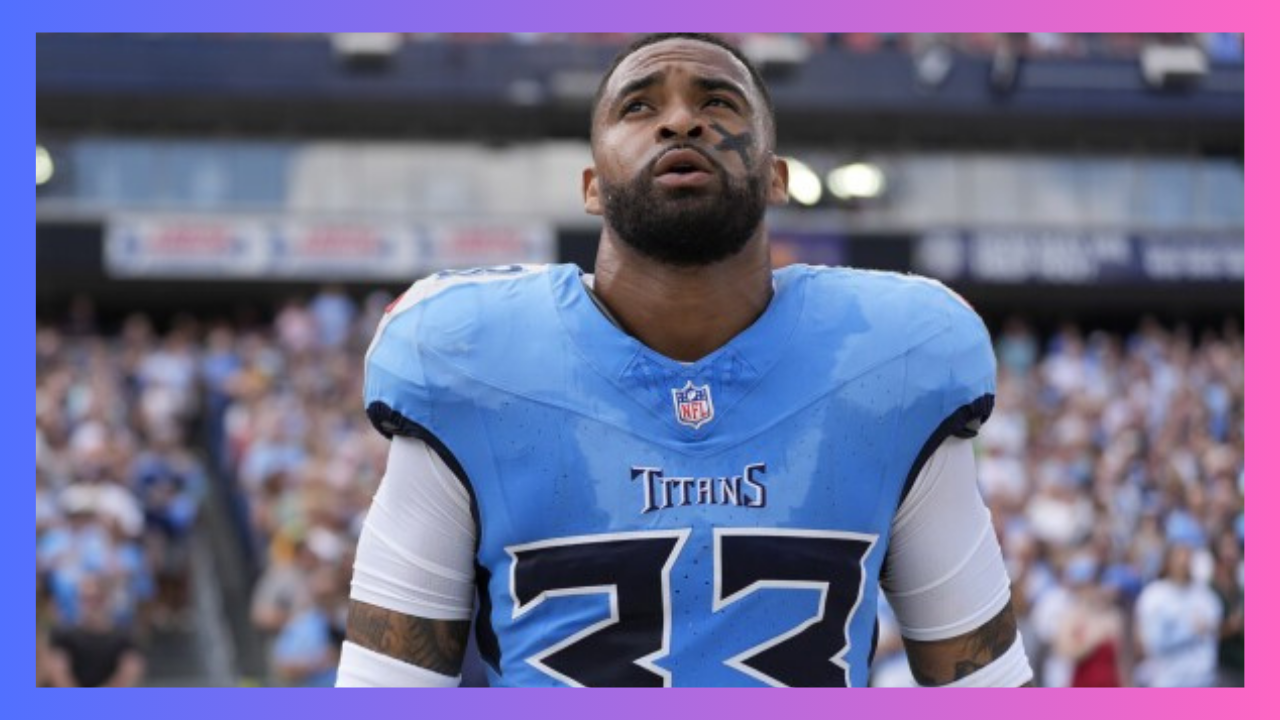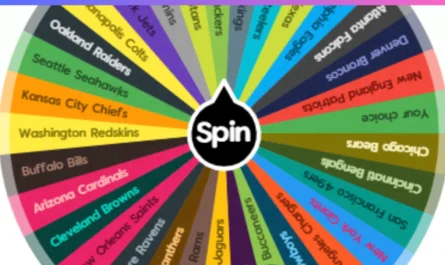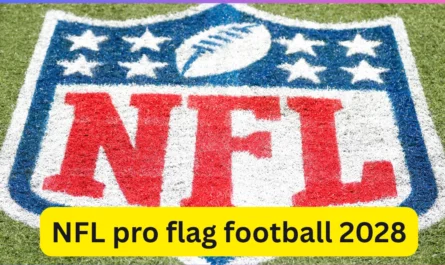The NFL preseason is a time of hope, anticipation, and, for some teams, a harsh dose of reality. For the Miami Dolphins, their recent joint practice with the Detroit Lions provided a stark, humbling, and potentially invaluable lesson. What was intended as a competitive, high-intensity scrimmage turned into a frustrating day for the Dolphins’ offense, raising questions about their preparedness, their offensive identity, and the challenges that lie ahead. This detailed Dolphins joint practice analysis will delve into the specifics of what went wrong, the key takeaways from the “frustrating day,” and how this experience could ultimately shape the team’s trajectory for the upcoming season.
The Scene: A Lion’s Den in Detroit
The decision to hold joint practices is often a strategic one. Coaches seek out teams with a distinct style of play that can challenge their own. Miami Dolphins head coach Mike McDaniel, known for his innovative offensive schemes, brought his team to Detroit to face a Lions squad that has, under head coach Dan Campbell, built a reputation for toughness, physicality, and a relentless “Motor City” attitude. McDaniel’s intention was clear: to test his team’s mettle against one of the league’s most ascendant and physically imposing rosters.
However, the reality of the practice proved to be a difficult pill to swallow for the Dolphins. From the opening whistle, the Lions dictated the tempo and the intensity. While joint practices are designed to be a learning experience, the disparity in performance was notable, particularly for the Dolphins’ offense. This thorough Dolphins joint practice analysis will reveal that the Lions’ defense, which has been making significant strides, completely stifled Miami’s rhythm and execution. Quarterback Tua Tagovailoa, in a post-practice interview, was candid about the team’s struggles, describing the day as “very frustrating” and lamenting a collective lack of energy and an inability to get their offense “jump-started.”
Deconstructing the Offensive Struggles: A Detailed Dolphins Joint Practice Analysis
To truly understand the implications of this tough day, a deeper Dolphins joint practice analysis is necessary. The issues were multi-faceted, extending beyond a single play or player.
1. The Offensive Line’s Struggle: The foundation of any successful offense is its offensive line. Unfortunately for the Dolphins, their unit struggled to hold its own against a powerful and well-coached Lions defensive front. Star Lions defensive end Aidan Hutchinson, for instance, reportedly “put [Miami right tackle Larry Borom] on skates with the spin move inside,” a testament to the relentless pressure the Dolphins faced. This consistent pressure on Tua meant that plays were collapsing before they had a chance to develop, leading to a breakdown in timing and execution. This level of physical dominance from the Lions is a key element of any accurate Dolphins joint practice analysis.
2. Communication and Timing Breakdowns: Tua himself pointed to a breakdown in communication as a major factor. In a live practice against a different team, the margin for error in communicating protections and pre-snap adjustments is razor-thin. The Dolphins’ offense, which relies on precision and timing, appeared out of sync. This was evident in the number of incompletions and dropped passes, as well as the frequent pressures on the quarterback. This Dolphins joint practice analysis highlights that these communication issues are not just physical errors, but mental ones that a team must resolve to be effective.
3. The Absence of Key Playmakers: A crucial piece of context for any Dolphins joint practice analysis is the limited participation of their star wide receivers, Tyreek Hill and Jaylen Waddle. While this may sound like an excuse, it’s an undeniable factor. With the two most dynamic playmakers either sitting out or on limited reps, the Dolphins’ other receivers struggled to create separation. The Lions’ secondary, led by veterans and promising young talent, consistently won their one-on-one matchups, with Lions star wide receiver Amon-Ra St. Brown dominating the Miami secondary. This lack of production from the receiving corps further compounded the problems for the offensive line and Tua.
The Value of a Humbling Experience
While a “frustrating day” is never the goal, a strong Dolphins joint practice analysis would argue that this experience might be exactly what the team needed. Preseason and training camp are all about identifying weaknesses and learning how to overcome them. Facing a top-tier opponent like the Lions provides a high-stakes simulation of regular-season adversity.
As Mike McDaniel emphasized, the purpose of these joint practices is to see how his team handles adversity. “I want to see growth within practice… particularly after a play that we don’t win,” he said. The Dolphins’ struggles against the Lions offer a clear roadmap for improvement. The film from this practice will be invaluable for the coaching staff and players. They’ll be able to identify specific flaws in their technique, communication, and overall execution. This isn’t just about winning a practice rep; it’s about building the muscle memory and mental toughness required to win when it matters most. This is a crucial element of a comprehensive Dolphins joint practice analysis.
This experience is a reminder that the talent on the roster is only one part of the equation. Cohesion, communication, and resilience are equally vital. The Lions, as an organization, have a reputation for these very qualities. By going head-to-head with them, the Dolphins were forced to confront their own deficiencies in these areas.
The Broader Impact: What Does This Mean for the Dolphins’ Offensive Identity?
The primary question emerging from this practice is how it will impact the Dolphins’ offensive identity moving forward. The fast-paced, high-flying offense we’ve come to expect from Mike McDaniel’s system was nowhere to be found. Instead, what was on display was an offense that looked disjointed and physically outmatched. This brings up an important point for a thorough Dolphins joint practice analysis.
The Dolphins’ identity has been built on speed, precision, and the ability to stretch the field. However, this relies on two fundamental things: a solid offensive line that can provide time for plays to develop and receivers who can consistently get open. When both of these elements falter, the entire system collapses. The practice against the Lions showed that Miami’s offense lacks a fallback plan. They struggled to consistently run the ball and could not overcome the physical challenges presented by the Lions’ front seven.
This Dolphins joint practice analysis suggests that the team might need to diversify its offensive attack. Relying solely on speed and finesse can be a weakness against a powerful, hard-nosed team. Developing a more physical running game and a greater emphasis on quick, short-yardage passes could be the answer. This tough practice might force the Dolphins to reconsider their approach and build a more adaptable and robust offensive scheme.
The fact that this happened in a practice, rather than a regular-season game, is a silver lining. The Dolphins have the opportunity to learn from their mistakes and make the necessary adjustments before the games count. The real test will be how they respond to this adversity in the coming days and weeks. Will they be able to bounce back and show growth in their next practice or preseason game? That is the ultimate question this Dolphins joint practice analysis poses.
Tua’s Take: Leadership Under Fire
A significant part of the conversation following the practice revolved around Tua Tagovailoa’s leadership and self-assessment. Unlike a previous joint practice where he threw multiple interceptions, Tua’s frustrations this time seemed to be more about the collective performance of the offense. He didn’t point fingers but acknowledged that the entire unit was lacking the energy and execution they are known for. This candid reflection from the quarterback is a key piece of this Dolphins joint practice analysis.

His response—that the team needs to “face it head-on” and learn from it—shows a level of maturity that is vital for a franchise quarterback. This experience could be a defining moment for him as a leader. It’s easy to lead when things are going well, but true leadership is revealed in times of struggle. How Tua and his teammates rally from this performance will be a major storyline to follow. This Dolphins joint practice analysis will likely be a reference point for many throughout the season.
The Broader NFL Context: A Dolphins Joint Practice Analysis in a Bigger Picture
The Dolphins’ day in Detroit is not an isolated incident. Throughout NFL training camps, joint practices often produce lopsided results. The goal isn’t always a flawless performance but a high-level competition that exposes a team’s vulnerabilities in a controlled environment. The Lions, for their part, emerged from the practice feeling confident, with players like Amon-Ra St. Brown showcasing their dominance. This only adds to the narrative of this particular Dolphins joint practice analysis.
This experience for the Dolphins is a crucial reminder that preseason success is not a guarantee of regular-season victories. The team’s reputation for a dynamic offense was built on its impressive performance last season, but this recent Dolphins joint practice analysis shows that there are still areas for significant improvement. The NFL is a game of adjustments, and the best teams are the ones that can adapt and overcome adversity.
The Dolphins now have a clear checklist of things to work on. They need to shore up their offensive line, improve their communication, and find a way to maintain their energy and intensity even when faced with a formidable opponent. This Dolphins joint practice analysis serves as a stark reminder that the hard work of the offseason is far from over.
Conclusion: Learning from the Hard Knocks
In summary, the Miami Dolphins’ joint practice with the Detroit Lions was a challenging and “frustrating” day. However, a comprehensive Dolphins joint practice analysis shows that it was also a valuable learning experience. The struggles on the offensive line, the breakdowns in communication, and the lack of a consistent rhythm all exposed vulnerabilities that the team must address.
This experience, while difficult, is a crucial part of the team’s evolution. It will force the Dolphins to confront their weaknesses and build a more resilient and adaptable offensive identity. As they move forward, the memory of this “hard knocks” practice will serve as a powerful motivator. This Dolphins joint practice analysis reveals that the true measure of a team isn’t just how they perform on their best day, but how they respond and grow after their worst. The road to the Super Bowl is paved with such lessons, and the Dolphins have just learned a major one.



